The arrival of 2023 seems to have been heralded with rather more wariness than is usual. If that’s the case, and not just a sign of my age, then frankly who can blame us. At this time of year my favourite song is Lucio Dalla’s L’Anno che Verrà (about which I wrote here a year ago, the song and a translation of the lyrics are here too). It is a jaunty tune disguising darkly ironic lyrics and that feels about right for the moment. Also it was written nearly half a century ago which is somehow heartening. This too shall pass.
Despite a cautious guardedness as we dip our toes into the new year, and although we all know calendar changes are arbitrary, old instincts die hard and these bright winter days nevertheless have promise.
I spent Christmas in London where, as I have noted on umpteen occasions, one is never far from Rome. Walking across town is my favourite mode of transport in central London, and as I walked from Casa Crawford to the Thames I passed the Guildhall, the medieval home of the City of London guilds, a building first mentioned in the early twelfth century.
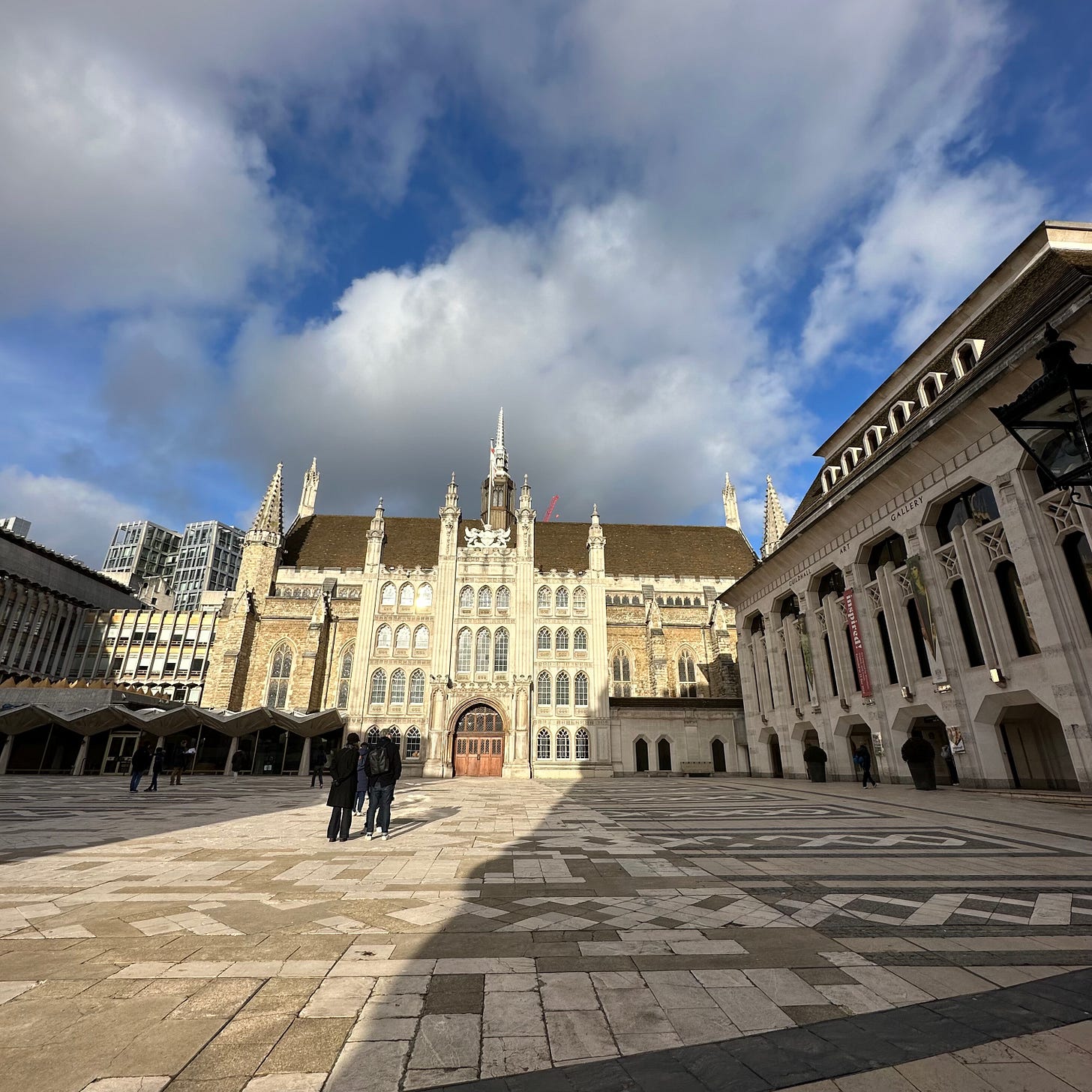
The City of London refers to the square mile of the Roman city, on the north bank of the Thames. Legend recounted, amongst others, by Geoffrey of Monmouth who was writing his Historia Regum Britanniae in the twelfth century, says that London was founded as “New Troy” by Brutus of Troy, who Geoffrey describes as the grandson of Aeneas and the first king of Britain. Though there is some evidence for earlier inhabitation, Londinium is rather more accurately known to have been founded as a major settlement by the Romans soon after the invasion of 43 CE.
It would reach a peak population of perhaps sixty thousand in the second century, certainly big enough to merit an amphitheatre the remains of which were discovered under the Guildhall in the late eighties when I was at school five hundred metres away. I remember it was a big deal. If Roman Britain is your thing I can highly recommend my pal Charlotte Higgins’ excellent book “Under Another Sky”.
I’m now back in Rome, and planning is afoot for 2023. On March 24, Rachel Roddy and I shall be adding a new itinerary to our double-hander tours. This time we’ll be venturing to the ancient port of Ostia Antica where we’ll be wandering the gloriously atmospheric ruined streets with an eye for gastronomic history. At the pinnacle of Empire Ostia’s population was about fifty thousand, just shy of that of the capital of Roman Britain.
At Ostia Rachel and I will talk about the imported foods from across the Roman Empire which first arrived in Italy here, visit an ancient gastropub, and we shall discuss and taste some of the snacks Romans would have nibbled in the city’s bars and in its grand theatre. We’ll also see where Ostia’s olive oil merchants would have brokered their deals before the amphorae were taken upriver to be offloaded at Rome’s river port, and the pots disposed of at what we now know as Monte Testaccio.
Appetites suitably whetted, we’ll follow their route (though by train rather than river barge) to Testaccio and discuss how ancient Ostia influenced twentieth century Testaccio’s public housing before repairing to a Testaccio trattoria for an excellent lunch a stone’s throw from all those amphorae which came across the Mediterranean full of olive oil. The jaunt will begin at 9am and finish at roughly 4pm, the group will be of maximum twelve people, and the cost including entry fee to the archeological site, public transport, and all food and drink is €160 per person (dormice not included). Dietary restrictions can be accommodated, just let us know when booking. To book please email info@understandingrome.com.




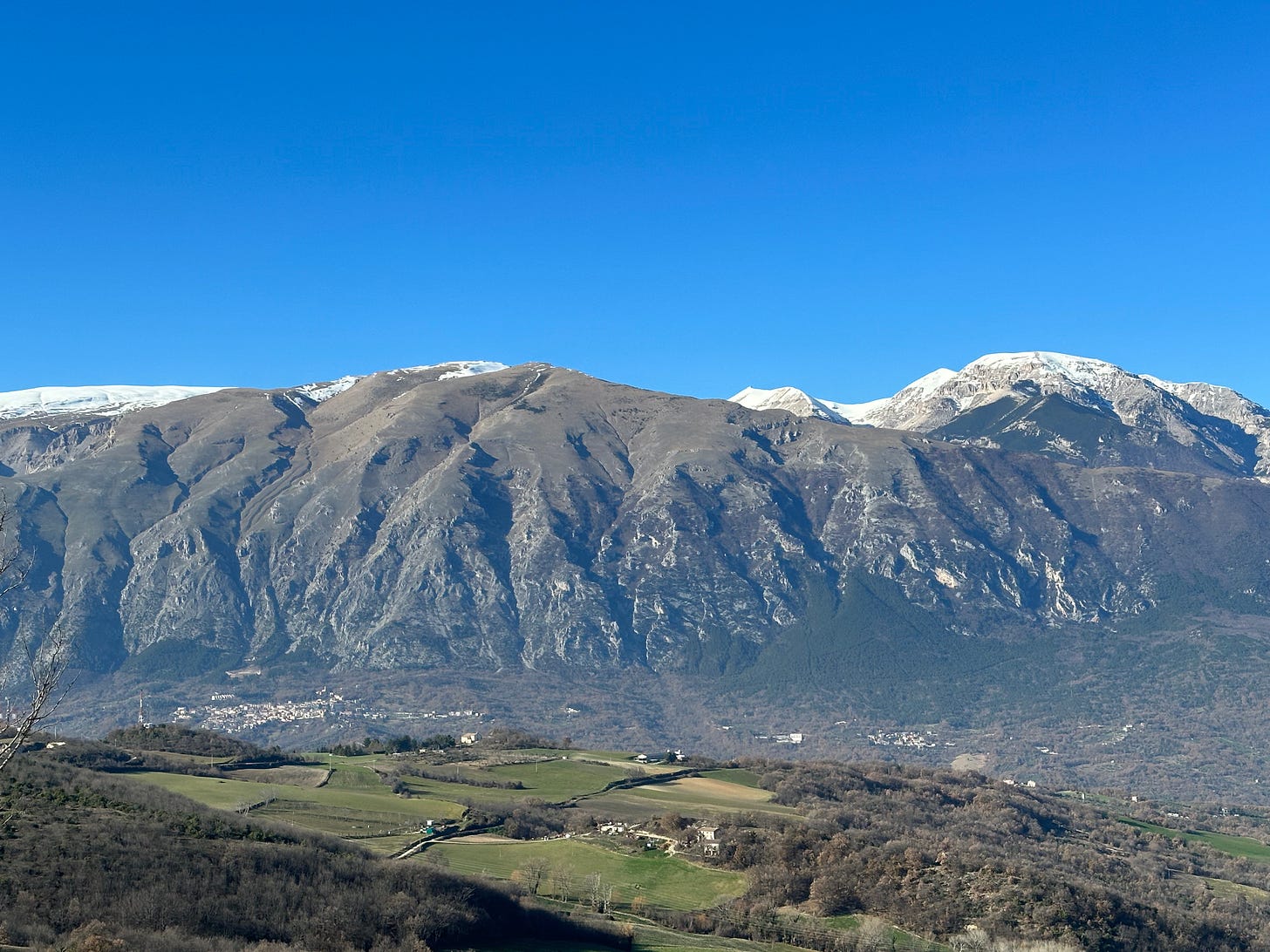
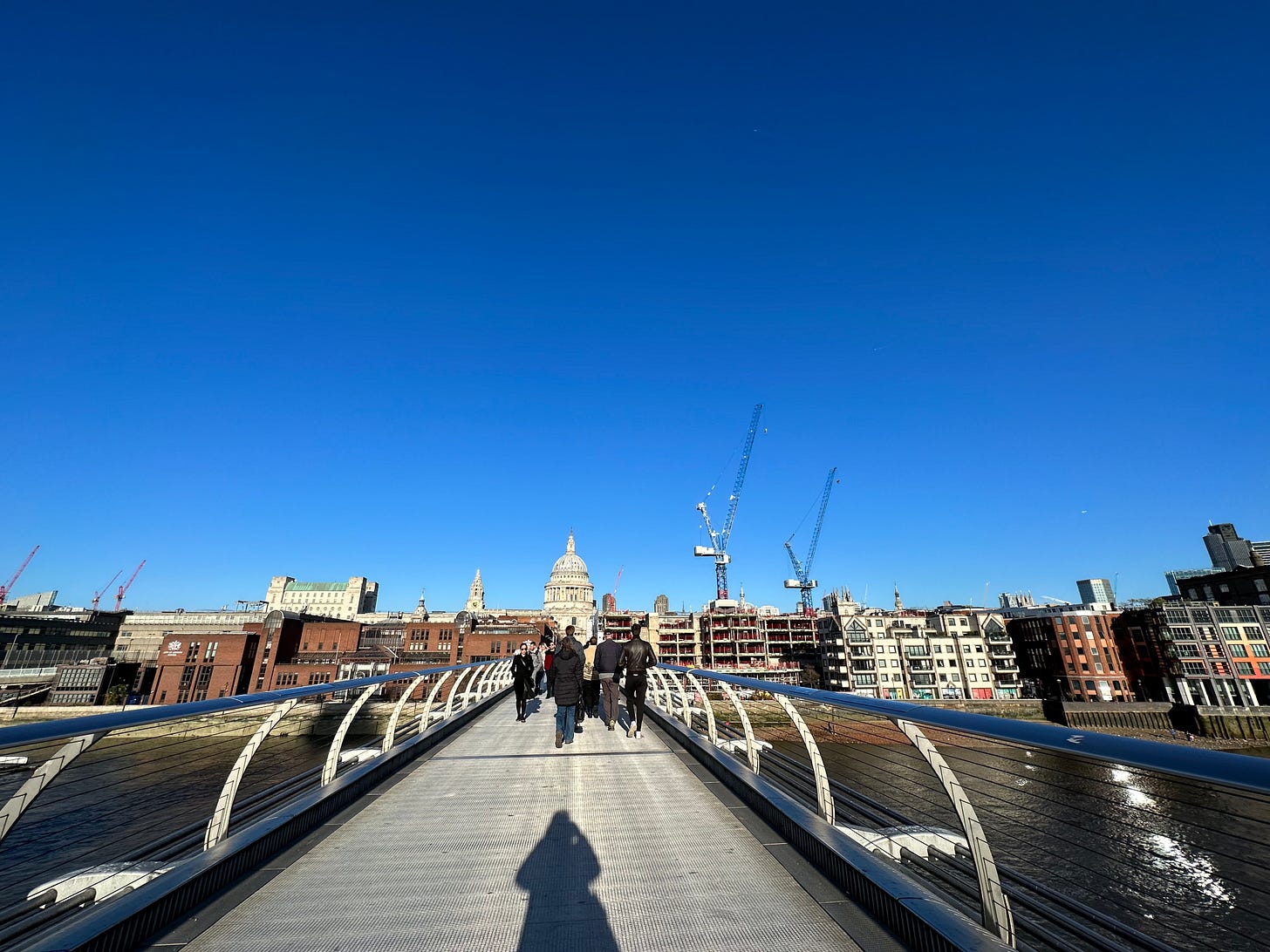
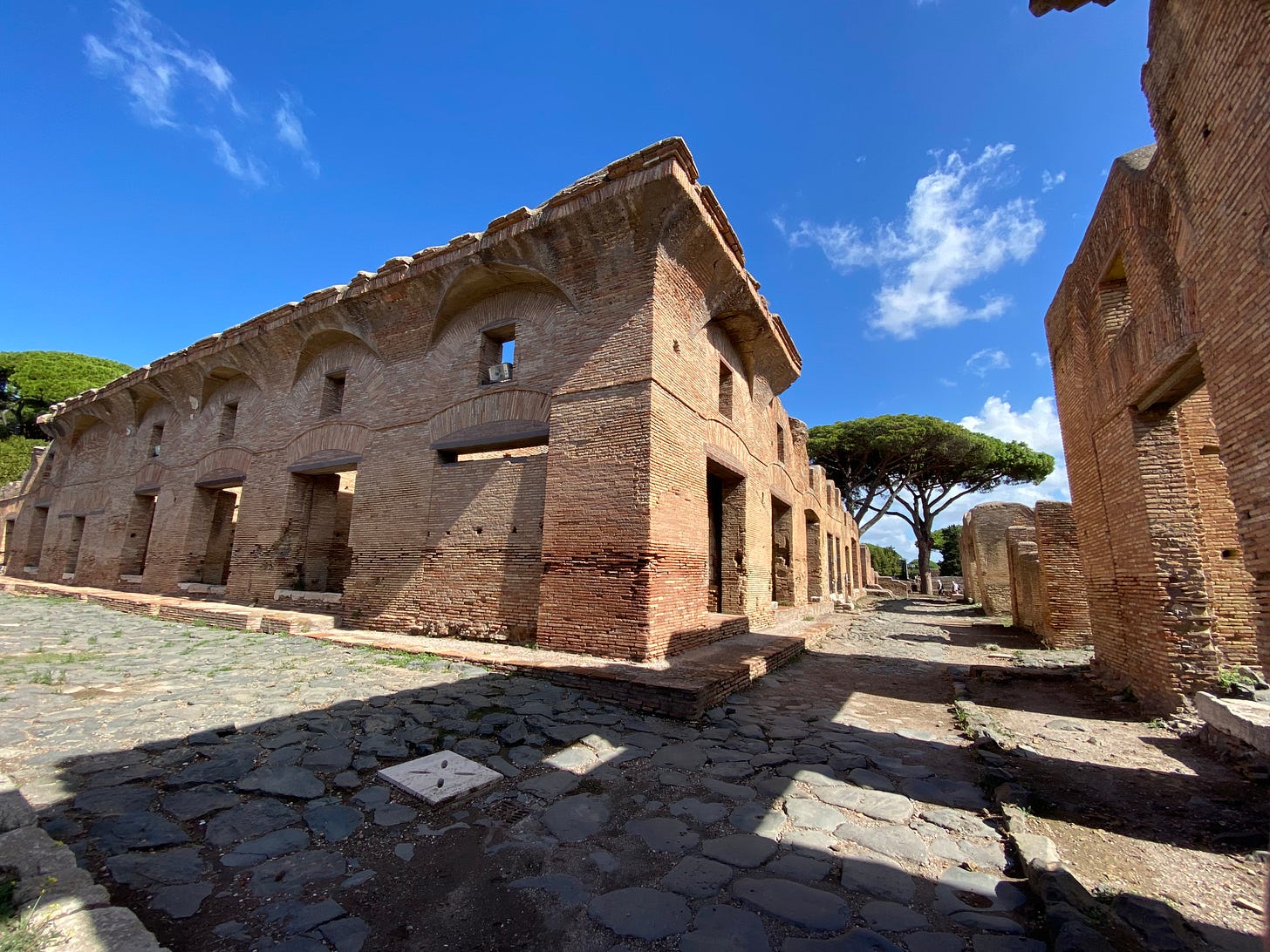
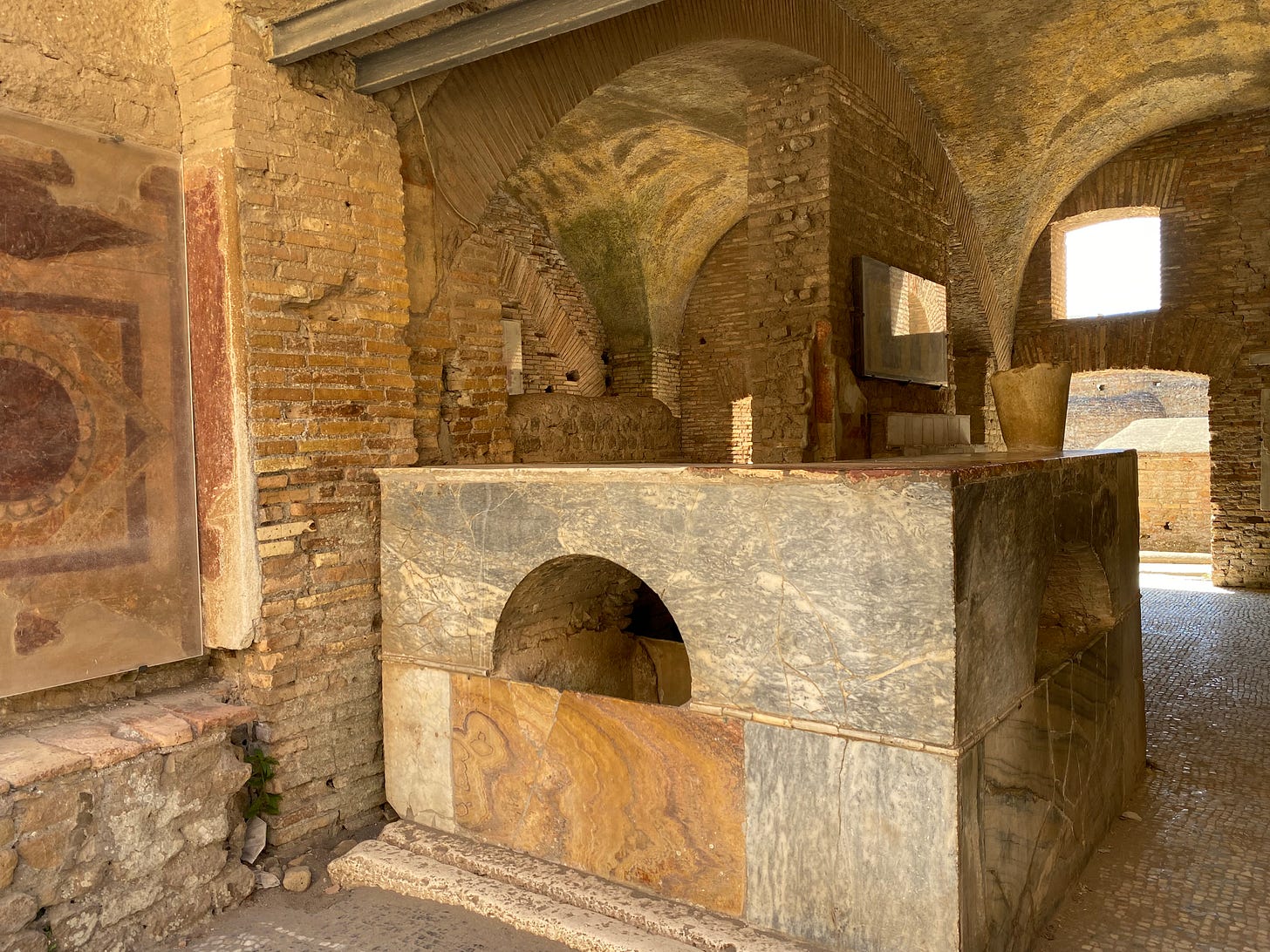
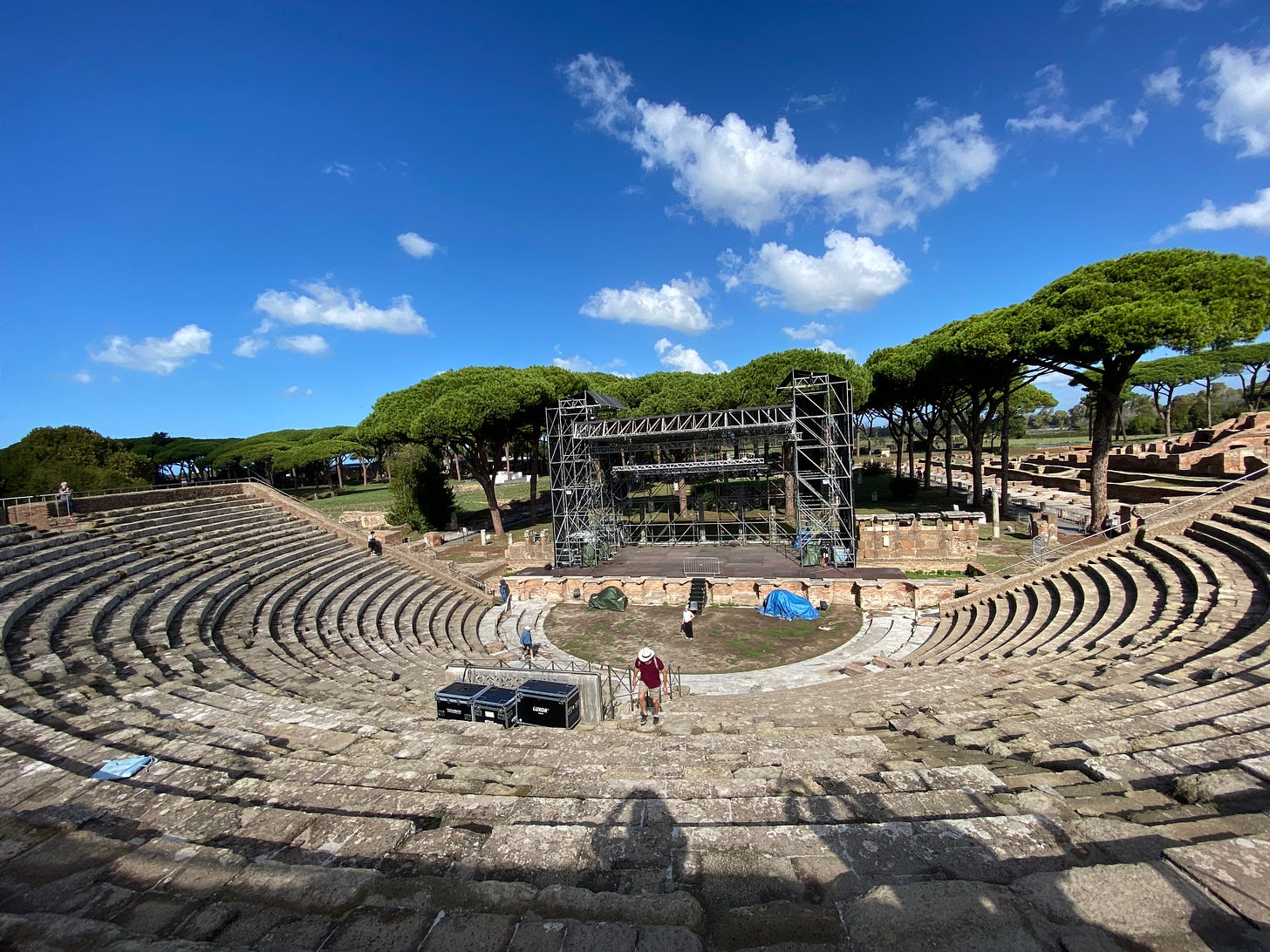
This sounds fabulous! We’ll be there in spirit!
Oh my goodness gracious, that Ostia excursion with you and Rachel is going to be SO FUN!!! I hope it becomes one of your regular collabs and am crossing fingers to partake one day in the near future!